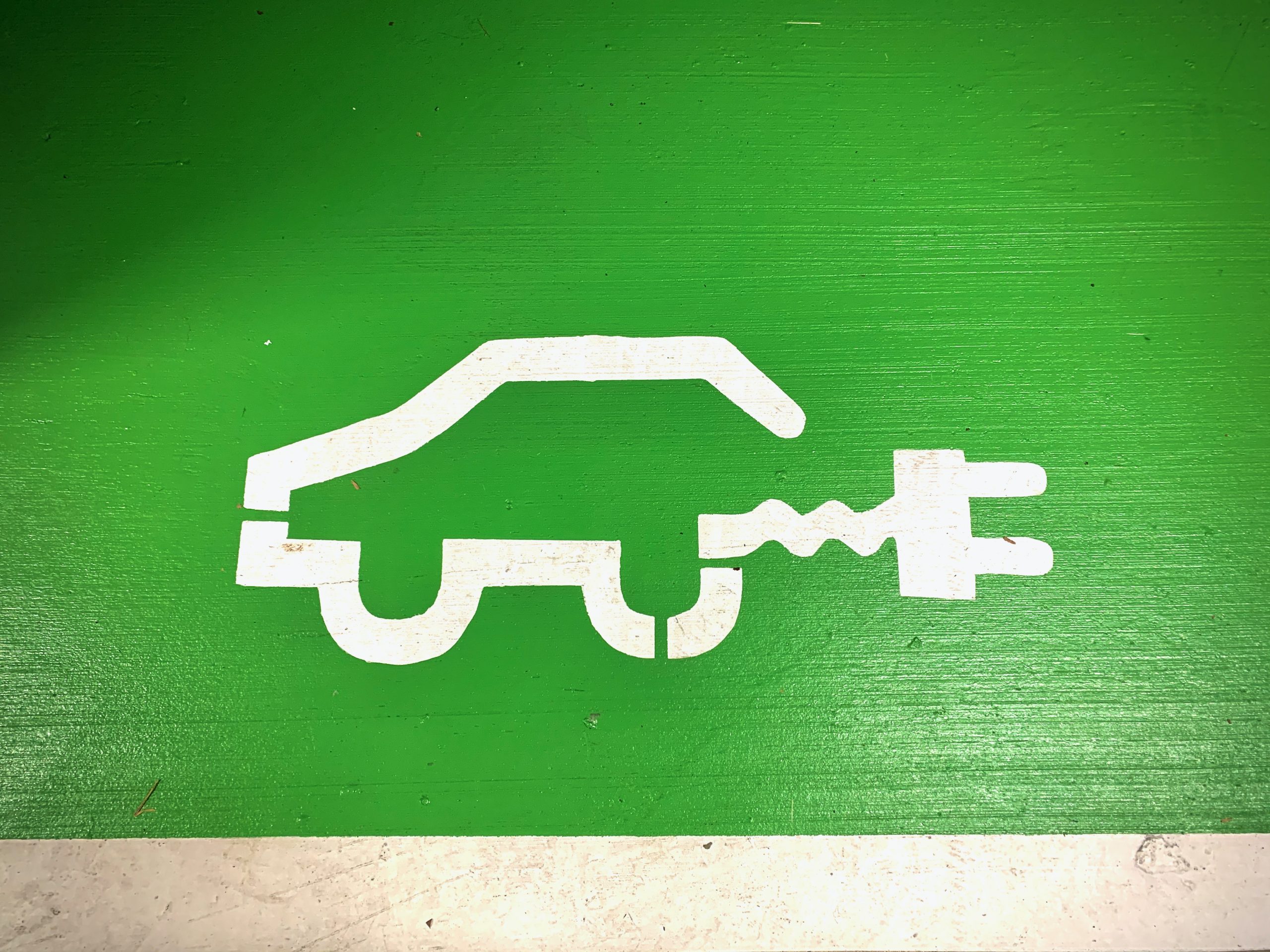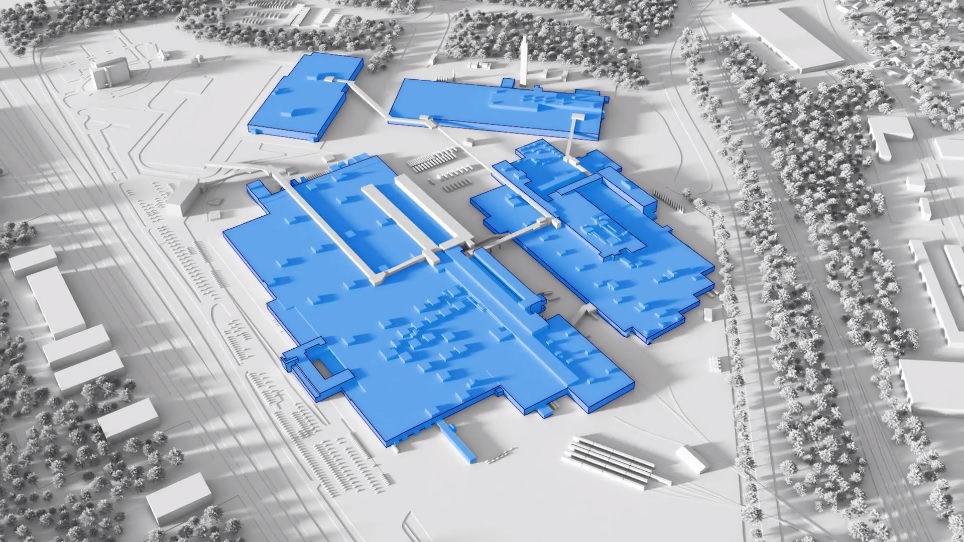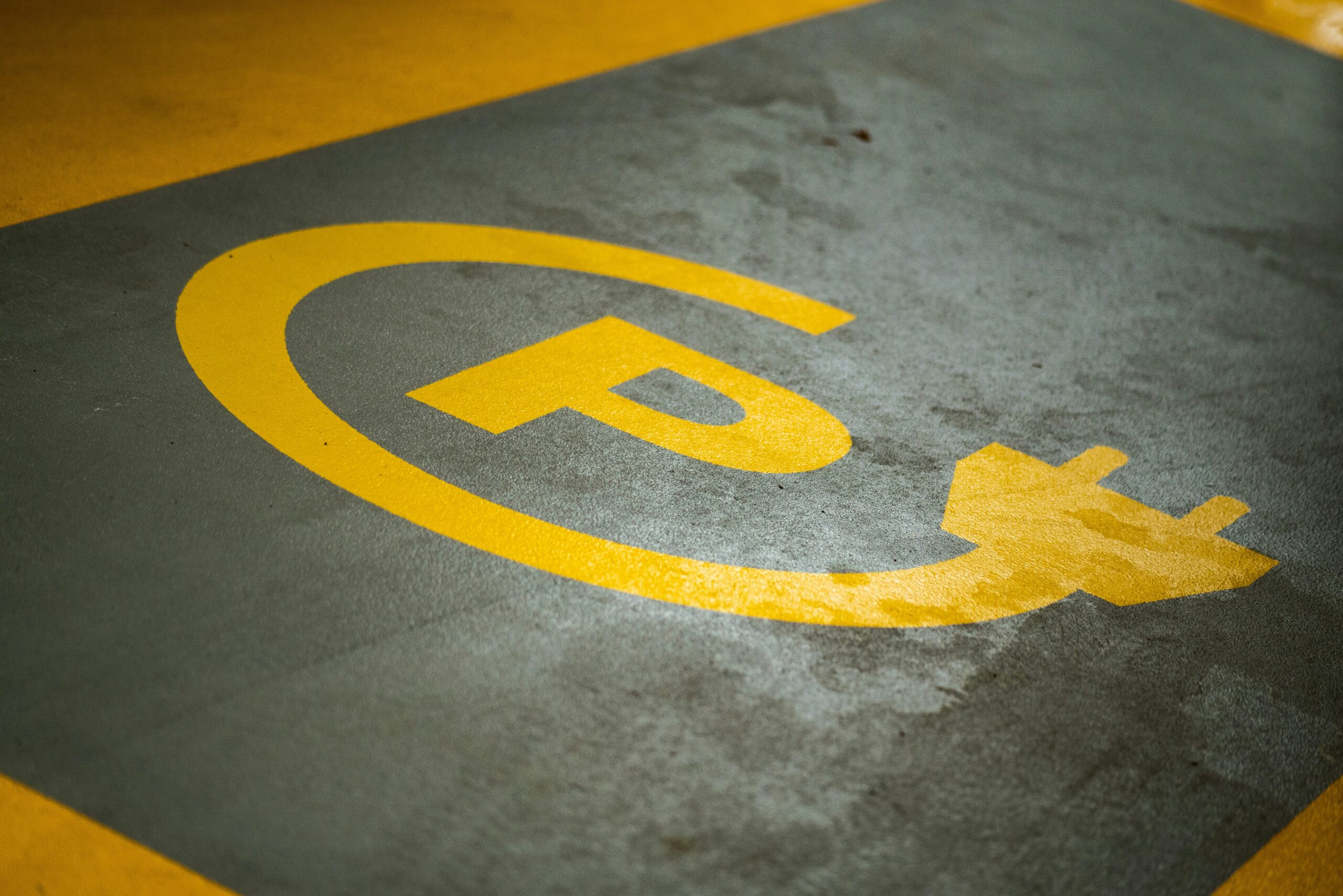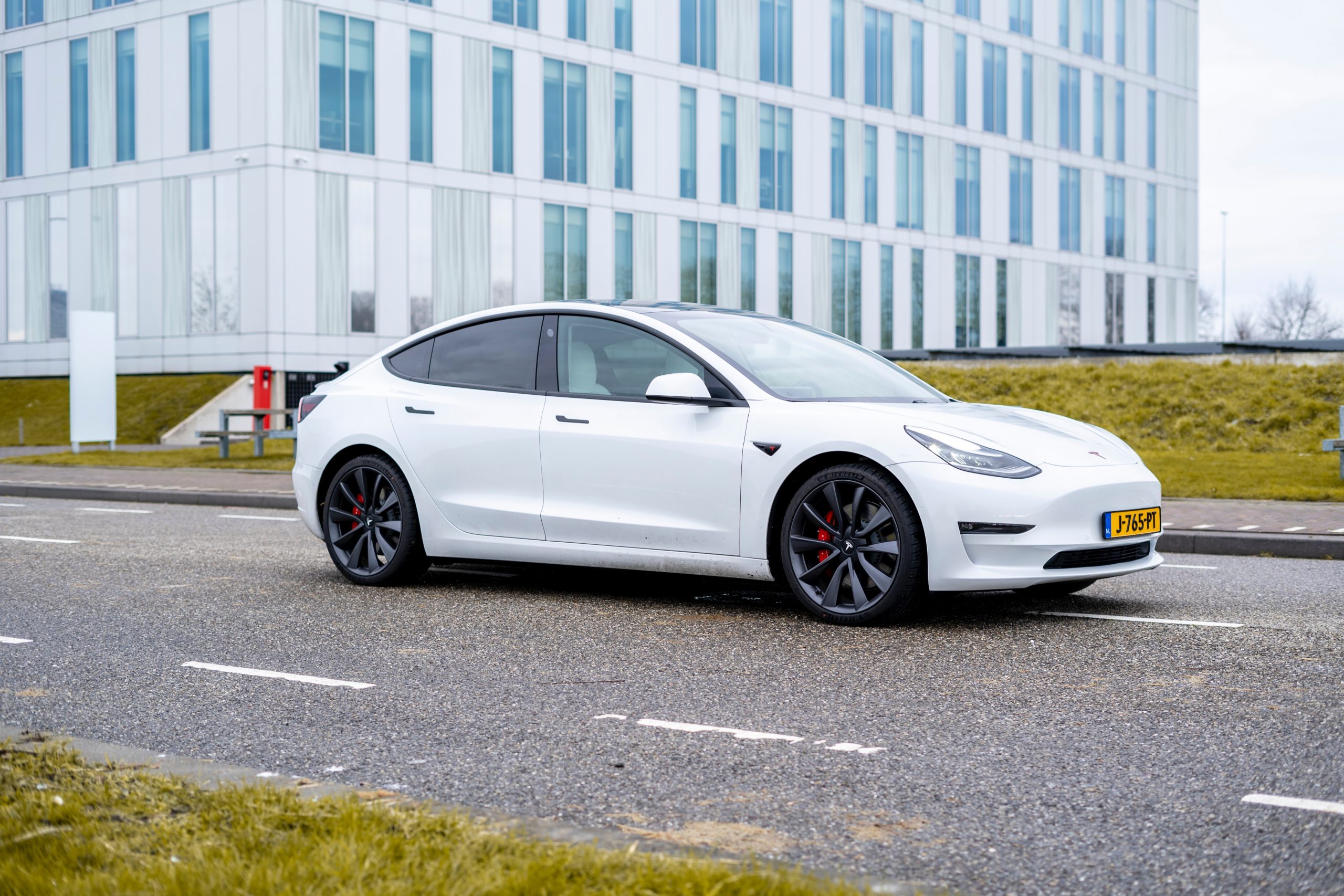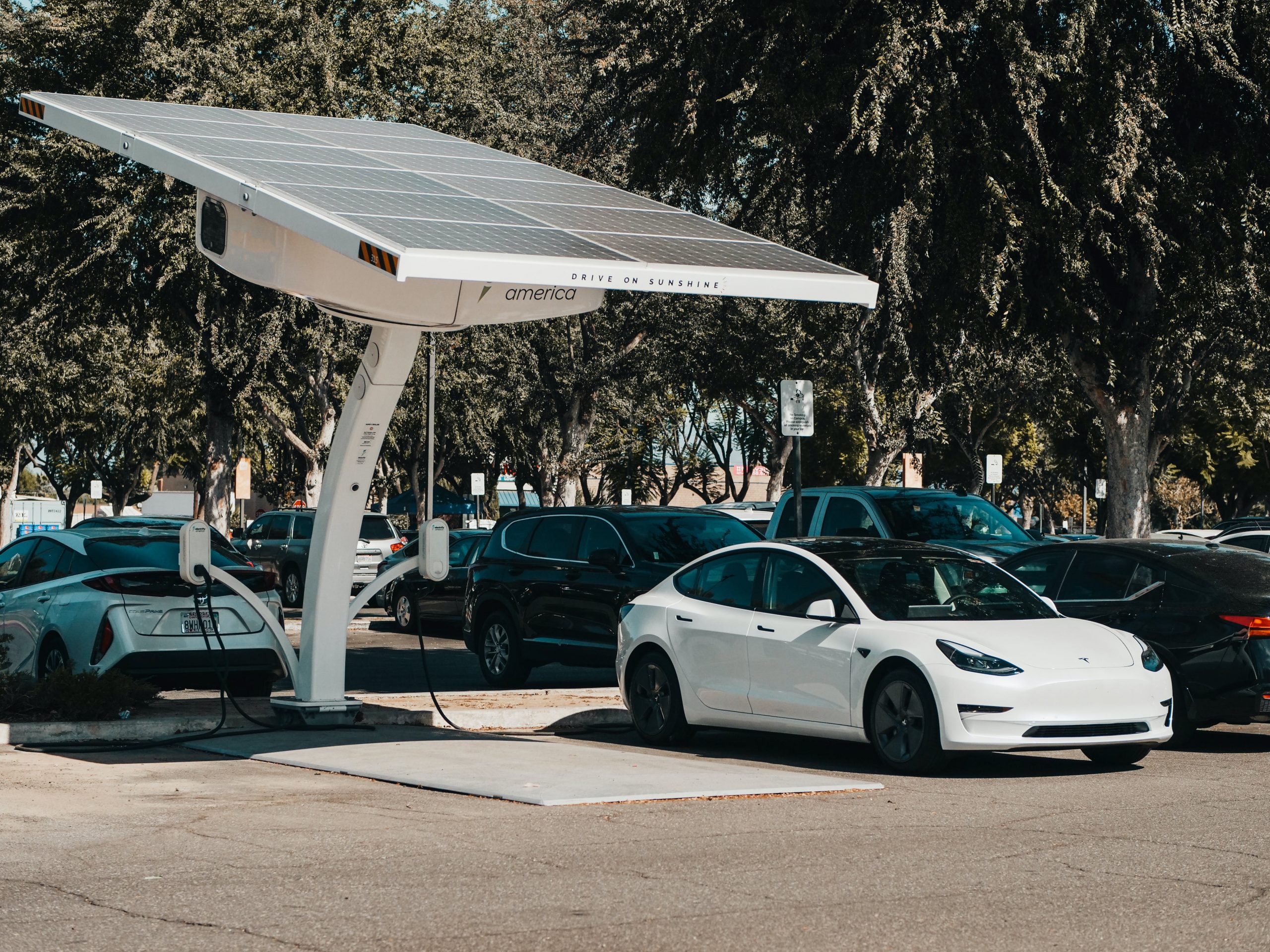Welcome to the latest edition of the EV Universe Electric Newsletter #017, your go-to source for all things electric vehicles!
In each edition, we take a closer look at the exciting developments in the EV world and dive into the latest news and trends shaping the industry. From the latest makes and models to advancements in electrification, to innovative accessories and technologies, we’ve got you covered.
Join us on this journey. Let’s explore the future of sustainable transportation and its electrifying impact on our world. In this edition, we are covering the Biden proposes auto emissions restrictions, Brands affected by latest tax credit changes, and Ford’s 1.34B investment in an EV assembly plant in Canada .
“Biden Administration Proposes Strictest Auto Emissions Restrictions Ever, Aiming to Accelerate Transition to Electric Vehicles and Combat Climate Change“
- The Biden administration has proposed the strictest restrictions on auto emissions ever, aimed at advancing the president’s climate agenda by forcing U.S. car companies to accelerate their transition to electric vehicles. The EPA proposals would dramatically tighten emissions limits on all vehicles from passenger cars to big trucks, with the most aggressive option possibly leading to 67% of all new passenger car and light-duty truck sales being electric by 2032. The shift would demand a greater mix of electric cars and trucks available to consumers, as companies have almost no choice but to manufacture more no-emissions vehicles to comply. This proposal represents the Biden administration’s first long-term effort to deploy sticks along with carrots to the auto industry to speed up the transformation to EVs.
- The transportation sector is the biggest source of greenhouse gas emissions in the United States. The transportation sector is responsible for more than a quarter of the country’s greenhouse gas emissions. Therefore, the new EPA proposals are aimed at making significant progress towards achieving the administration’s goal of a carbon-neutral economy by 2050. Since transportation is the country’s top source of planet-warming emissions, it was natural for President Biden to put himself at the center of an iconic U.S. business such as automobiles.
- The new EPA proposals could trigger a battle with the auto industry. To comply with the new emissions limits, automakers have almost no choice but to manufacture more no-emissions vehicles. This could trigger a battle with the auto industry, which has been working largely in lockstep with the administration as part of an effort to speed the transition to EVs. However, executives at Rivian Automotive, which makes electric pickups, SUVs, and vans, said the industry is already on pace to comply because of the popularity of going electric. Regardless, the proposals will likely face legal challenges, and a change of administration could later upend the strategy.
- The new EPA proposals could have significant environmental benefits. The new EPA proposals are aimed at reducing the conventional pollution that often sends people in poor and minority communities to hospitals and causes long-term health risks to their children. For example, the type of truck pollution these new proposals are targeting is disproportionately near Black, Asian, and Latino communities. The EPA’s toughest standards would initially surpass those already in place in the European Union and could avert the worst expected outcomes of climate change.
- The shift to electric vehicles is already underway, but some concerns remain. Fully electric cars made up 7% of new vehicle registrations in the United States as of January 2022, compared with 4.1% just a year earlier. However, the vehicles are still on average more expensive than gas-powered options. A lack of charging infrastructure and the risks of road-testing new technology are further barriers to consumer acceptance. Nonetheless, recent signs of price-cutting by Tesla and Ford suggest that competition could help bring down EV prices. And charging-station construction is slowly ramping up as federal subsidies are distributed to the states. Walmart also recently announced that it will add electric-vehicle charging to thousands of its U.S. stores by 2030, on the belief that EV adoption is reaching a tipping point.
Looking for your next EV?
VIEW LISTINGS
“U.S. EV Tax Credit Changes: Which Cars Qualify?”
- GM Leads the Way: General Motors will build all its future EVs in North America and has announced numerous mineral-sourcing contracts. The company expects a number of its Ultium-based EVs, including the Cadillac Lyriq and Chevrolet Equinox EV SUV, to qualify for the full $7500 credit in 2023. Left open is the question of whether the Chevrolet Bolt EV and EUV, built in Michigan, qualify for the full $7500.
- Ford Also Eligible: Ford said all six of the vehicles with plugs it now sells will be eligible for at least partial IRA credits. The Ford F-150 Lightning EV pickup gets the full $7500, as does the Lincoln Aviator Grand Touring plug-in hybrid. The Mustang Mach-E (built in Mexico), e-Transit commercial van (Kansas City), and Ford Escape PHEV and Lincoln Corsair Grand Touring (both built in Louisville) get $3750 based on either location or the sources of their battery components and assembly.
- Tesla Faces Challenges: By far the largest U.S. maker of EVs, Tesla builds all its models and most of its battery packs in California, Nevada, and Texas, but its larger Model S and Model X exceed the price caps. The company expects the rear-wheel-drive Model 3 to receive a lower tax credit, likely because of its China-sourced iron-phosphate battery. It cut prices on some models by up to $5000 earlier this month.
- Foreign Brands Struggle: Audi, BMW, and Mercedes-Benz have several EVs that exceed the price caps of $55,000 for passenger cars and $80,000 for SUVs. Lower-priced models like the Audi Q4 e-tron and Mercedes-Benz EQB SUV are not currently built in North America. Business leases to those who qualify may help significantly, but until they start building EVs in North America, the German luxury trio is out of luck.
- Some Brands Have Plans: Hyundai and Kia have aggressive plans to launch a full array of EV models and announced plans last May to build a dedicated EV assembly plant in Georgia. Nissan continues to check whether the Leaf, built in Tennessee, will qualify for incentives, while Toyota plans to build EVs at a plant in Kentucky, powered by batteries made in North Carolina, starting in 2026.
Find the best parts for your EV here.
SHOP PARTS
“Ford to invest $1.34 billion in turning Canada’s Oakville facility into a plant for EVs“
- Ford to invest $1.34 billion in turning its Oakville facility in Canada into an assembly plant for electric vehicles: Ford is investing a significant sum to renovate the Oakville facility into the Oakville Electric Vehicle Complex, which will be responsible for producing Ford’s next-generation EVs.
- Oakville Electric Vehicle Complex is Ford’s first plant solely dedicated to EVs in North America: The Oakville Electric Vehicle Complex is a significant move for Ford as it’s the first time the automaker has transformed an existing plant into a facility dedicated to EVs in North America.
- Ford to retool the facility to produce only EVs: As part of the upgrade, Ford will retool the Oakville plant to produce only electric vehicles, starting in 2024. The move will see the production of the internal combustion engine-powered Ford Edge and Lincoln Nautilus cease at the facility.
- Battery plant to be added to Oakville Electric Vehicle Complex: Ford is adding a 407,000-square-foot battery plant to the Oakville Electric Vehicle Complex. Workers will assemble cells and arrays from the company’s BlueOvalSK Battery Park in Kentucky and install them into EVs produced at the Oakville plant.
- Ford aims to sell 2 million EVs a year globally by 2026: As part of its strategy to transition to electric vehicles, Ford has announced plans to modernize facilities worldwide and build new ones. The automaker has set an ambitious target of producing 2 million EVs globally by the end of 2026.
Categories:

